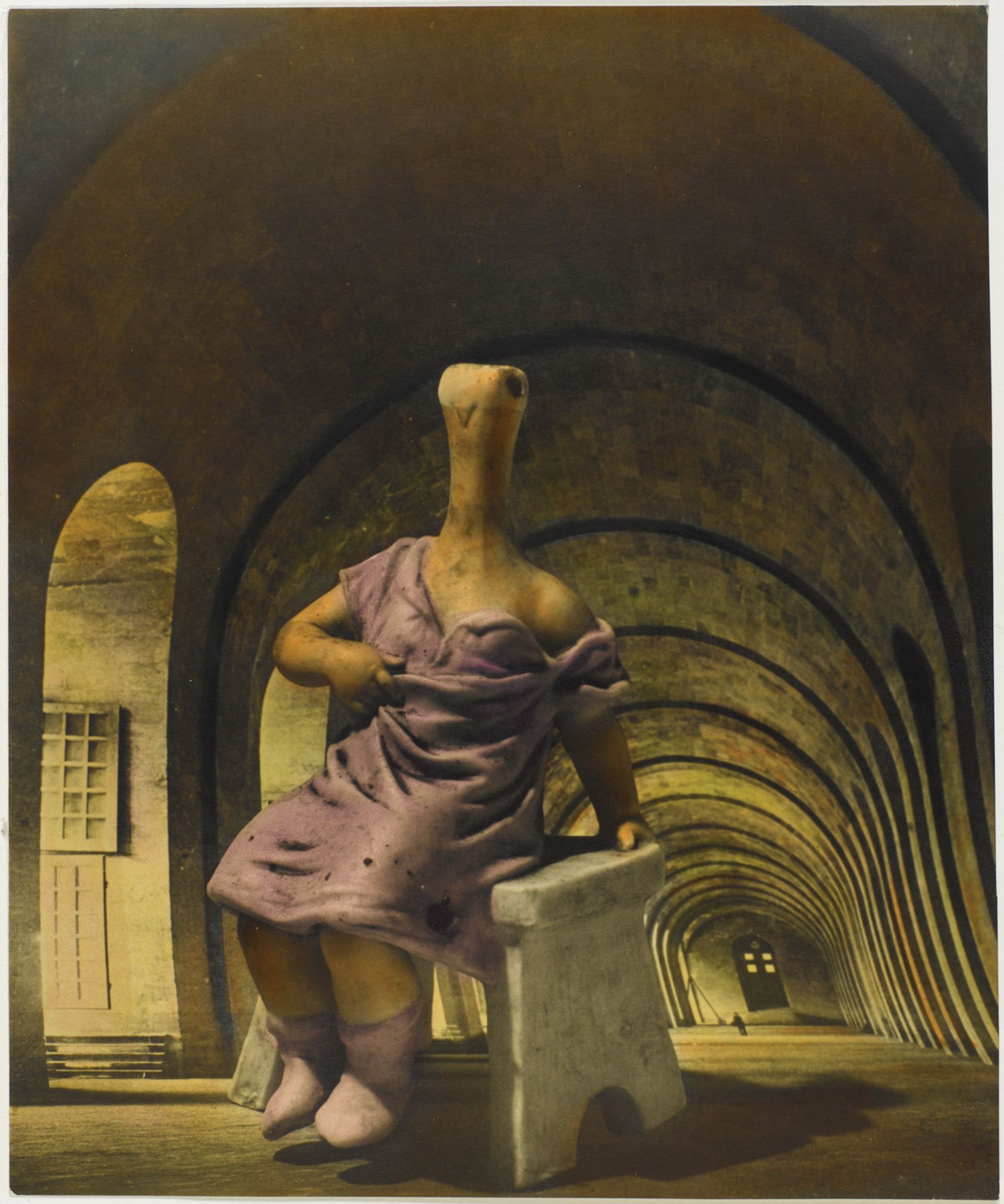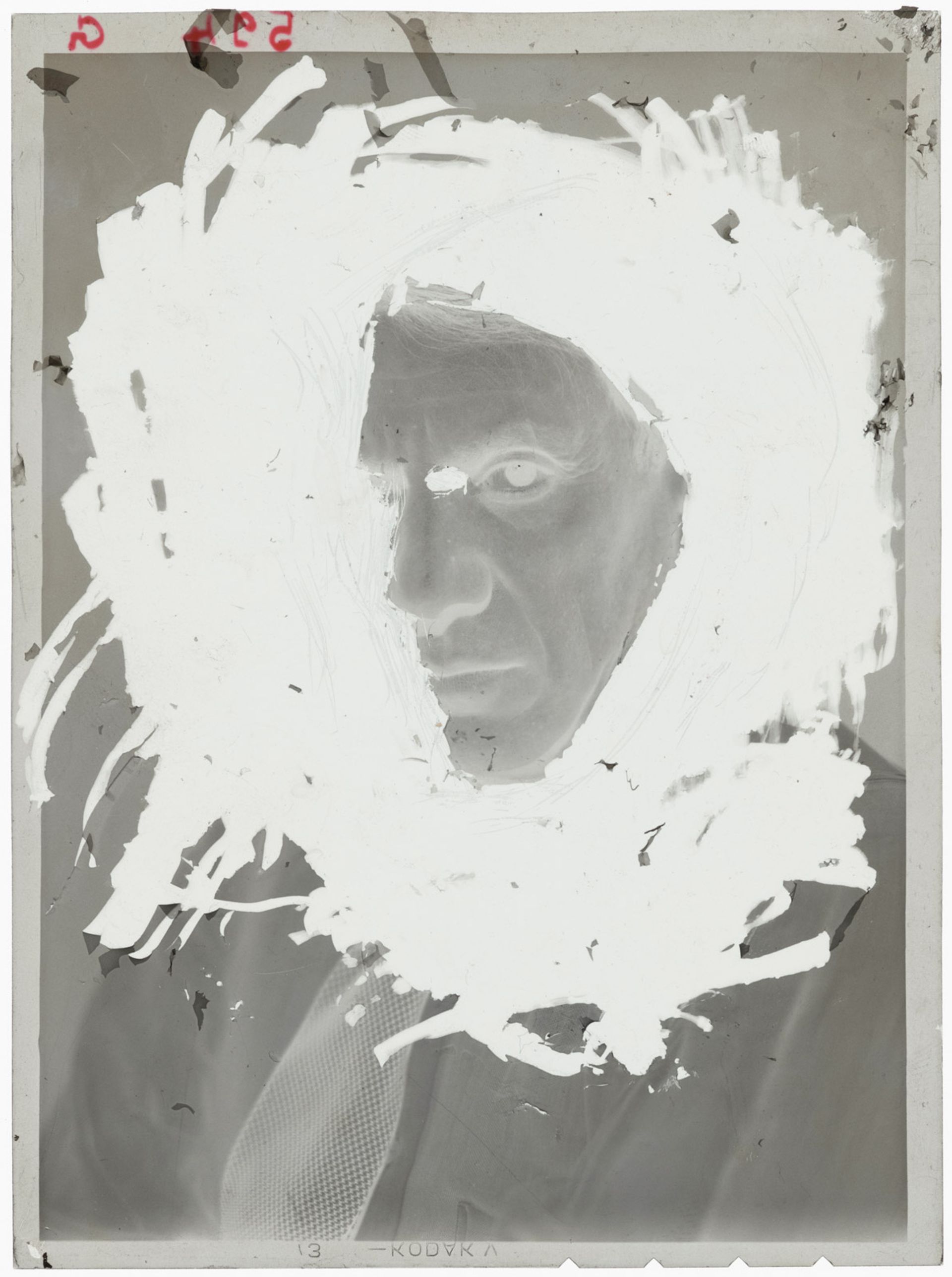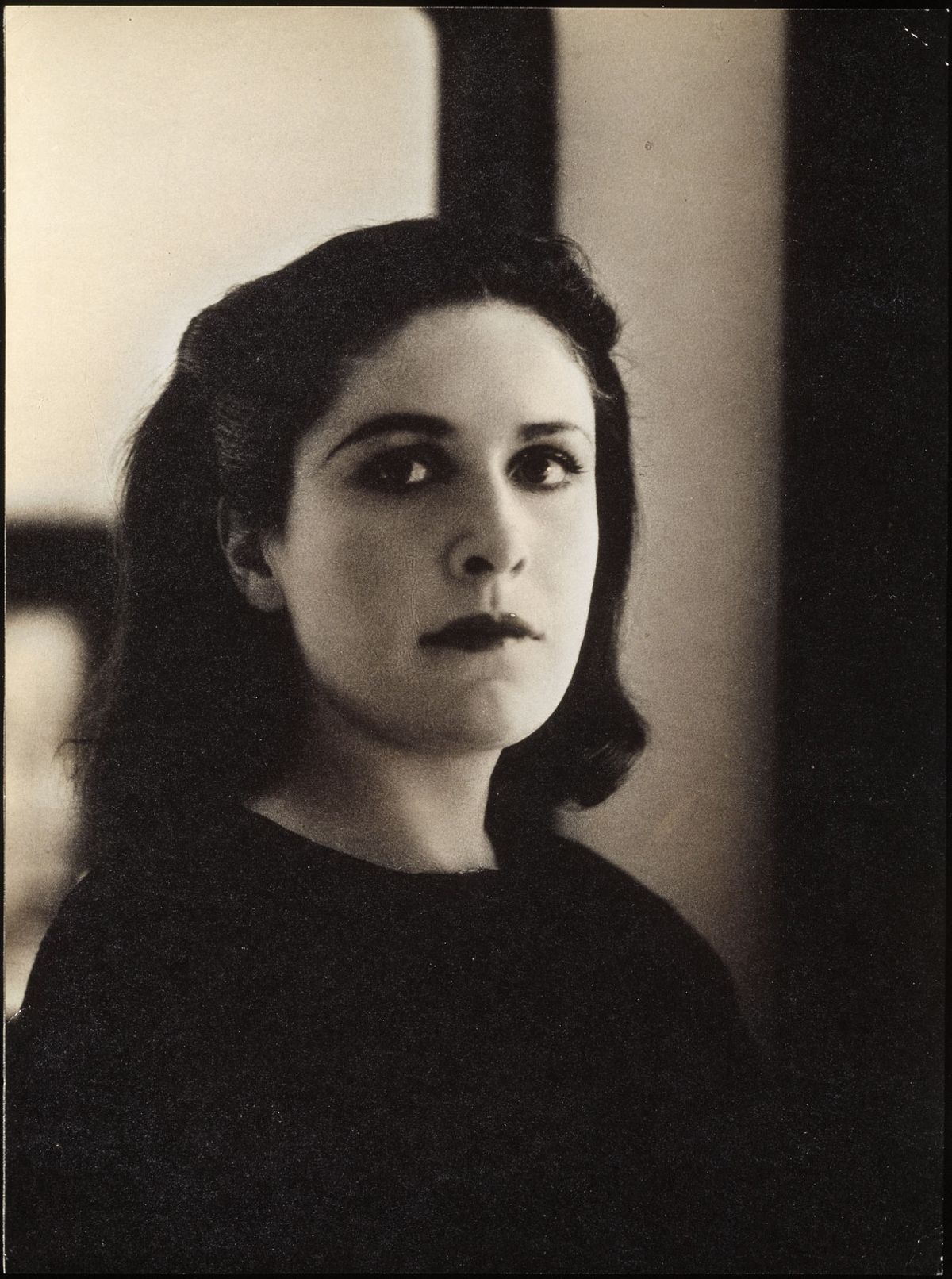The Surrealist artist and photographer Dora Maar’s relationship with Pablo Picasso hugely affected her burgeoning reputation. Specialists in Surrealism are well aware that Maar was an inspired and innovative photographer before she met him, as well as a documenter, as later seen in a series of images of the Spanish artist’s masterpiece Guernica (1937). But for a wider public Maar has been defined by Picasso’s depictions of her, particularly as the Weeping Woman (1937).
A major survey that opens at the Centre Pompidou in Paris this week, later touring to Tate Modern in London and the Getty Center in Los Angeles, should liberate Maar from that vision. Born Henriette Theodora Markovitch in 1907, to a French mother and Croatian father, she grew up in Argentina but began studying photography in the late 1920s after the family moved to Paris. By the early 1930s she was making studio-based commercial photography, often in collaboration with the set designer Pierre Kéfer.

Dora Maar's 29 Rue D'astorg (1936) © Centre Pompidou
She quickly expanded into photomontage and street photography, with images like 29, rue d’Astorg (1936) reflecting her knack for the uncanny space and erotic strangeness beloved of the Surrealists and Parisian intellectuals. She also shared leftist politics with them: many credit her with politicising Picasso. After meeting him in 1936 she moved towards painting, and although it has been written that Picasso forced her to put down the camera because he could not bear her being better at something than him, the two did collaborate on glass plate negatives that will feature in the exhibition.

Maar’s Portrait de Picasso (1936) Photo: © Centre Pompidou
Maar’s separation from Picasso affected her mental health and her later years were spent largely in isolation; she did not exhibit her work, and even declined requests for her photographs to be reproduced. Only since her death in 1997 has her reputation begun to be restored. But this is the most substantial showing of her work to date, giving her the prominence that she might have attained sooner had it not been for that fateful meeting with Picasso.
The survey is supported by the Chanel Fund for Women in the Arts and Culture.
• Dora Maar, Centre Pompidou, Paris, 5 June-29 July; Tate Modern, London, 20 November-15 March 2020; Getty Center, Los Angeles, 21 April-26 July 2020


